HIV and AIDS
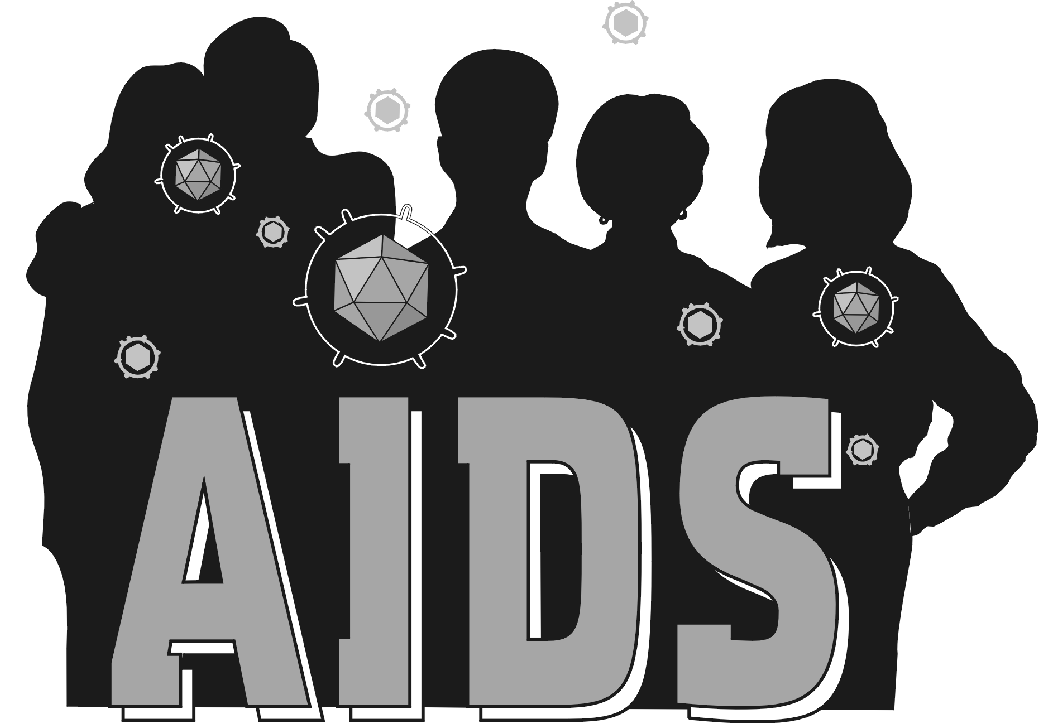 AIDS is a serious and often fatal disease for which there is no cure or vaccine to date. Each one of us is at risk for this deadly disease; we are each responsible for protecting ourselves from it. That is why everyone should know about AIDS.
AIDS is a serious and often fatal disease for which there is no cure or vaccine to date. Each one of us is at risk for this deadly disease; we are each responsible for protecting ourselves from it. That is why everyone should know about AIDS.
AIDS can happen to anyone…
but everyone can avoid it.
so prevention is the single most important factor. What is AIDS?
AIDS stands for:
A Acquired (something that you get)
I Immune (related to the capacity of the human body to fight diseases)
D Deficiency (shortage/reduction)
S Syndrome (a group of symptoms and signs)
AIDS is a communicable disease, meaning it can spread from an HIV-positive person or AIDS patient to other uninfected persons through some specific means. However, it is not a contagious disease; that is, it does not spread by usual casual social contact.
What is HIV?HIV stands for Human Immunodeficiency Virus. It is this virus that causes AIDS.
How does HIV cause AIDS?The human body has a way of fighting disease and protecting itself. This defence mechanism can be compared to a country’s army. When a virus or ‘enemy’ enters the body, the body’s defence mechanism or ‘army’ attacks and kills the enemy.
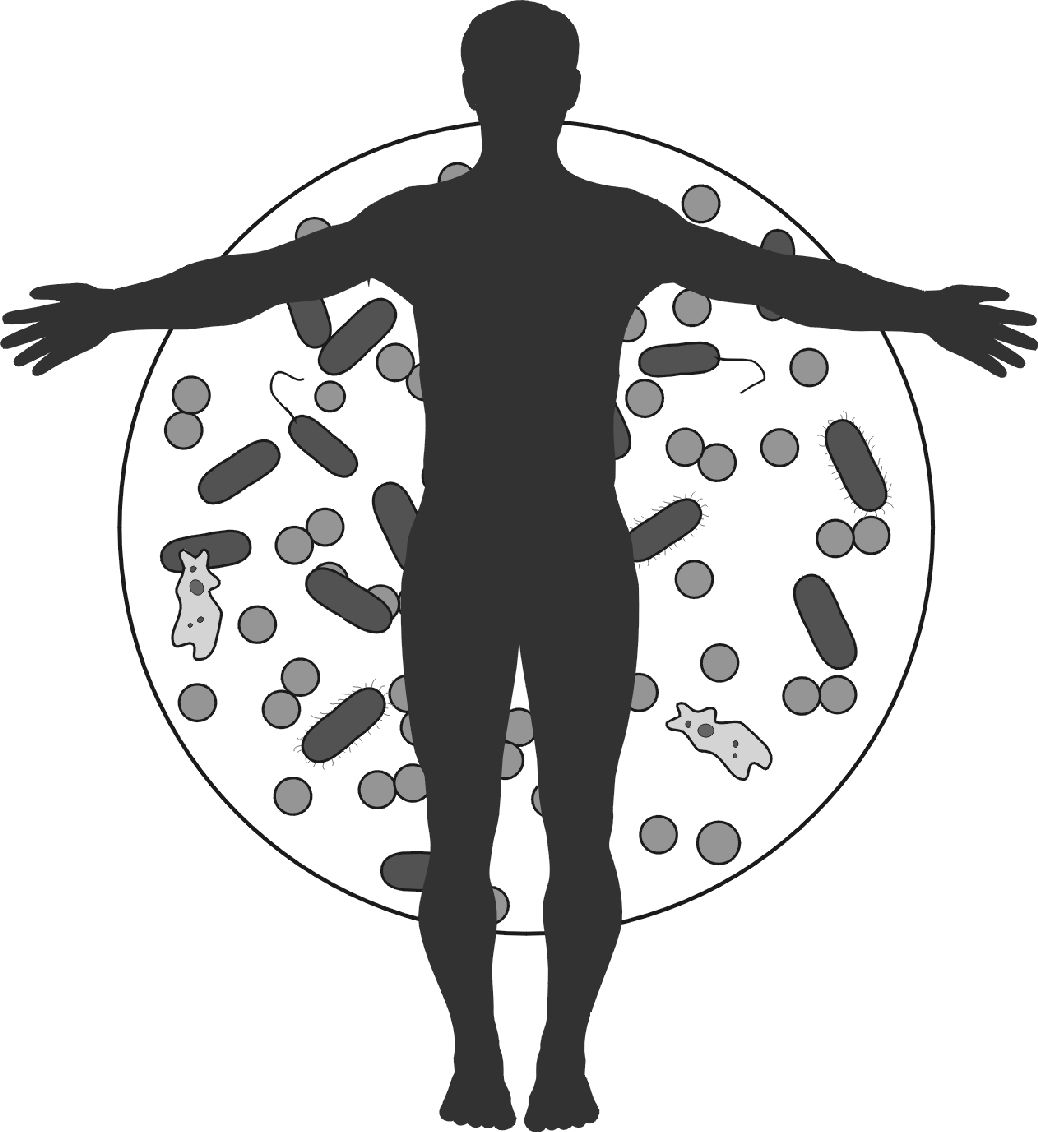 Simply put, the army is the body’s immune system, which fights against infections and diseases. One of the most important components of this immune system is a cell called the ‘CD4 cell’. Usually the number of CD4 cells in a healthy body ranges from 500 to 1800 per millilitre (mL) of blood.
Simply put, the army is the body’s immune system, which fights against infections and diseases. One of the most important components of this immune system is a cell called the ‘CD4 cell’. Usually the number of CD4 cells in a healthy body ranges from 500 to 1800 per millilitre (mL) of blood.
The HIV virus starts attacking CD4 cells by multiplying within them and destroying them. The virus is particularly problematic because it hijacks part of the very system (the immune system) that normally protects us against disease-causing micro-organisms such as fungi, bacteria, and viruses. Over a period of several years, the number of CD4 cells starts declining. The immune system becomes weak, with the result that the body can’t fight infections and diseases very well. This leads to development of certain illnesses that typically affect people with HIV infection. When this happens, it is called AIDS.
Some of the typical illnesses affecting people with AIDS are tuberculosis (TB), diarrhoea, fever, weight loss, pneumonia, fungal infections, herpes, and certain cancers. Many of the germs that cause these illnesses are quite harmless to people who have a normal immune system. But, if the body’s immune system has been weakened by HIV, they can cause severe life threatening illnesses and even death.
What is the difference between being HIV-positive and having AIDS?Being HIV-positive means that you have been infected with the virus. It is within your body and this can be established by a blood test. However, when various diseases begin to appear or when the number of CD4 cells falls to less than 200 per mL, it is called AIDS. From the time you have been infected with the virus, it may take anywhere from 5 to 10 years for AIDS to develop.
Ultimately, HIV-positive persons develop the AIDS disease and then die, so the sequence of events is as follows:
NORMAL PERSON
HIV INFECTION
HIV-POSITIVE
ASYMPTOMATIC HIV-POSITIVE
EARLY HIV DISEASE
LATE HIV DISEASE
AIDS
DEATH
HIV status can be determined by testing.
Where is HIV found in the body?HIV can be found in body fluids such as the semen, vaginal secretions and blood of an infected person.
Though there is evidence that HIV is present in tears, saliva, sweat and mother’s milk, the concentration of HIV in tears, sweat and saliva is so low that it usually does not infect others.
How does HIV enter the body and cause AIDS?HIV spreads from one person to another mainly in three ways:
- Entry into the body via semen or vaginal secretions as a result of sexual intercourse with a person infected with HIV (unsafe sexual practices).
- Entry into the body via infected blood or blood products such as by blood transfusion or sharing syringes and needles used by HIV-infected persons (usually drug addicts).
- From an infected mother to her baby through birth fluids or breast milk.
Sex is the most common cause for the spread of AIDS. When a man or woman has sex with another man or woman who is HIV-positive or is a patient with AIDS, the uninfected person is at risk of getting the HIV infection and AIDS if a condom is not used. The disease can spread through unprotected sex or unsafe sexual practices (i.e., sex without using condoms).
HIV/AIDS ...
Can spread through unprotected sex
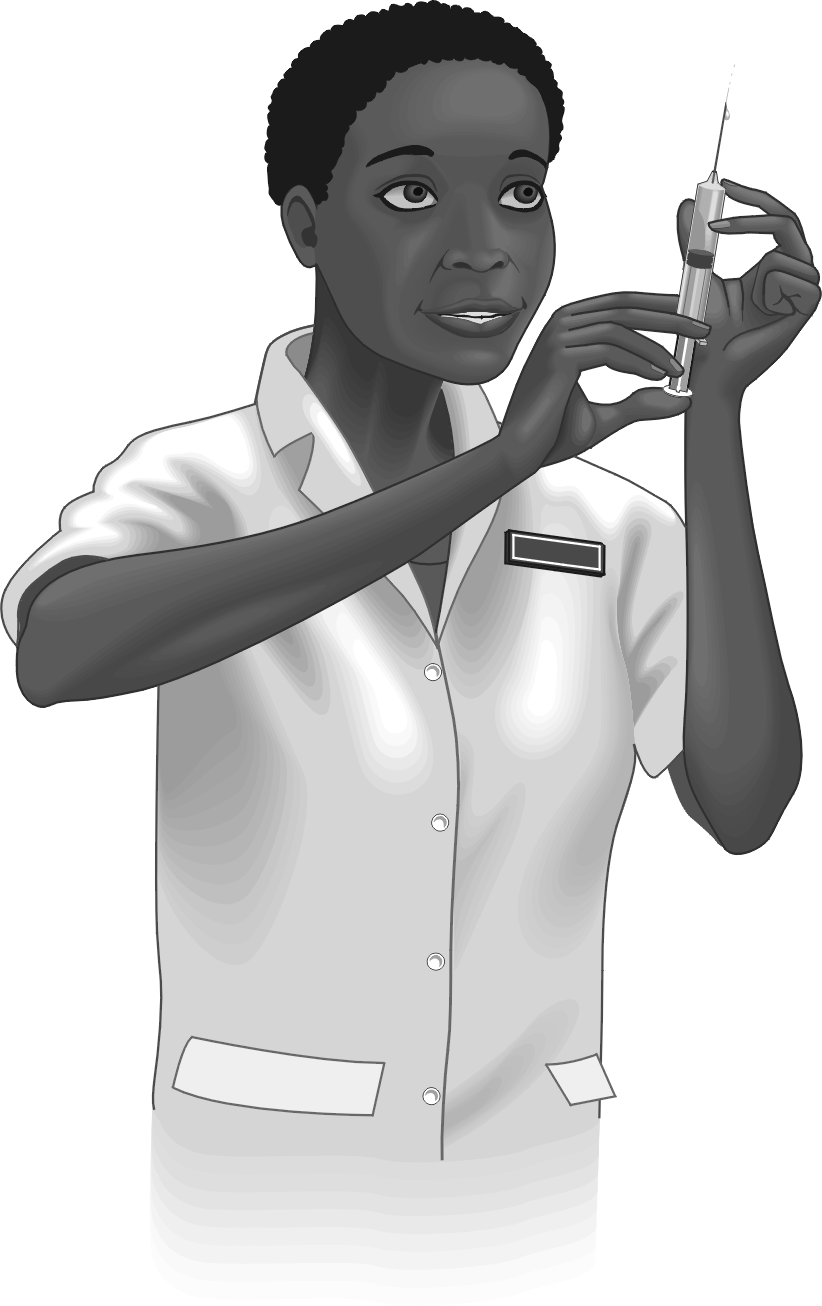
Can spread by receiving HIV-infected blood
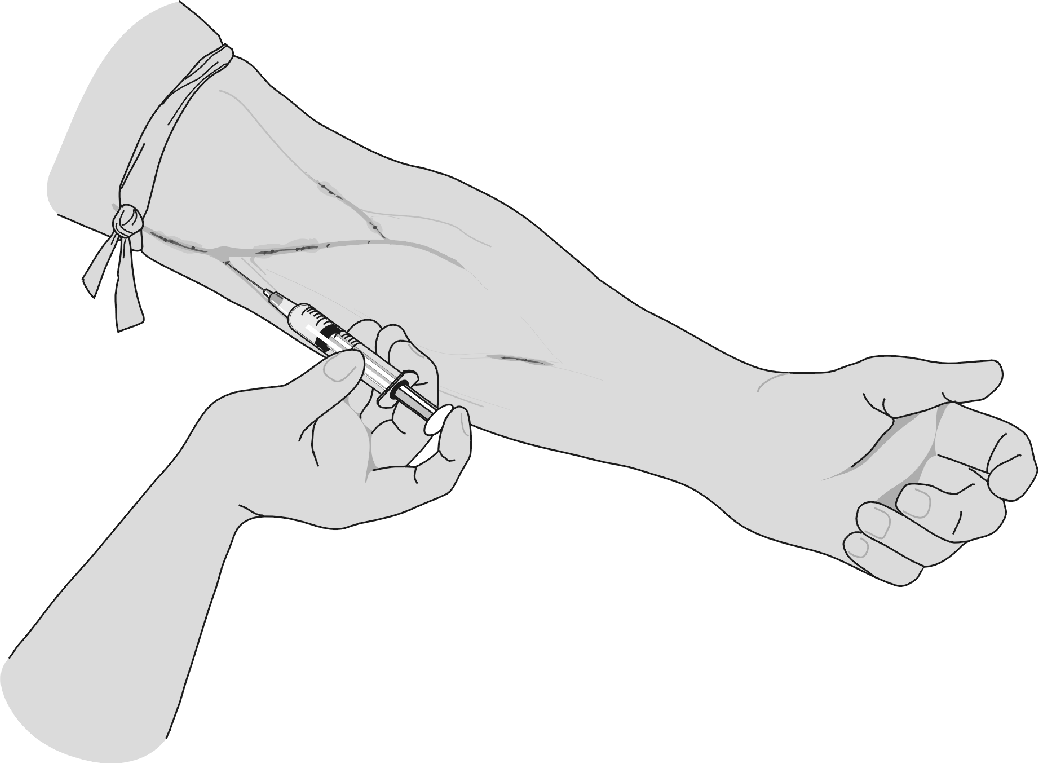
Can spread by using unsterilized syringes or needles used on HIV persons
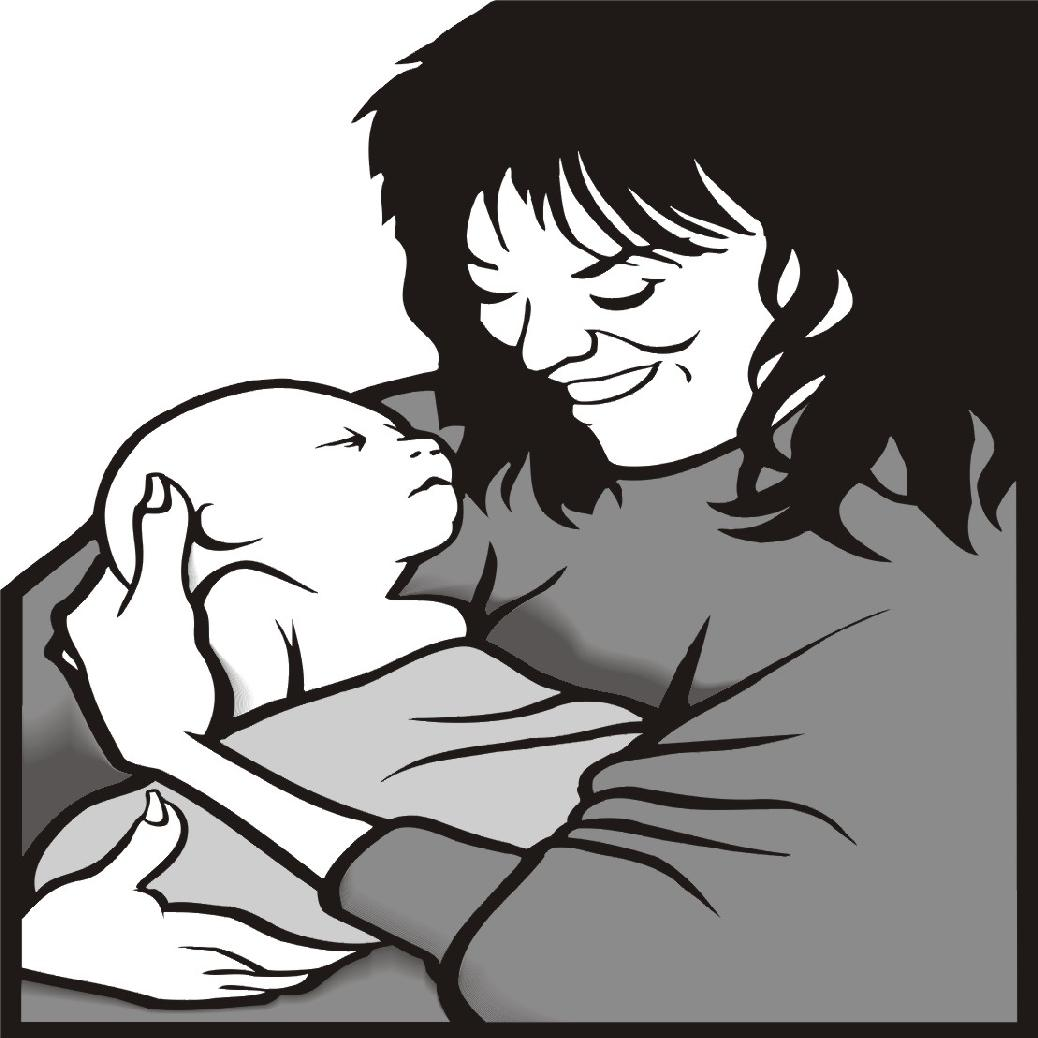
Can spread from an HIV-positive mother to her baby
- Syringes and needles if they carry HIV and are not sterilized properly.
- Instruments used for piercing the ears, or nose and tattooing the body – if these instruments are not sterile (germ-free).
- Drug addicts sharing syringes and needles amongst themselves for injecting drugs. If one is HIV-positive, they are all at risk.
- From an HIV-positive mother to her baby. If an HIV-positive mother becomes pregnant, the virus can be spread to her newborn baby either in pregnancy, during delivery, or, sometimes, during breast feeding. The possibility of such an occurrence is about 35%.
- Blood transfusions from an HIV-infected donor.
- Working with HIV-positive persons or AIDS patients at the office, factory, etc.
- Sitting, standing, shaking hands, hugging, or touching HIV-positive or AIDS patients.
- Common use of telephones, pens, typewriters, computers, machines, and books, etc. with an HIV-positive person.
- Donating blood at a reputable blood-donation centre
- Soft or gentle kissing of cheeks and lips, etc., if there are no cuts or wounds in the mouth.
- Travelling together in a bus, train, or an airplane.
- Insect bites.
- Sharing food, clothes, toilets, etc.

Cannot spread through touch
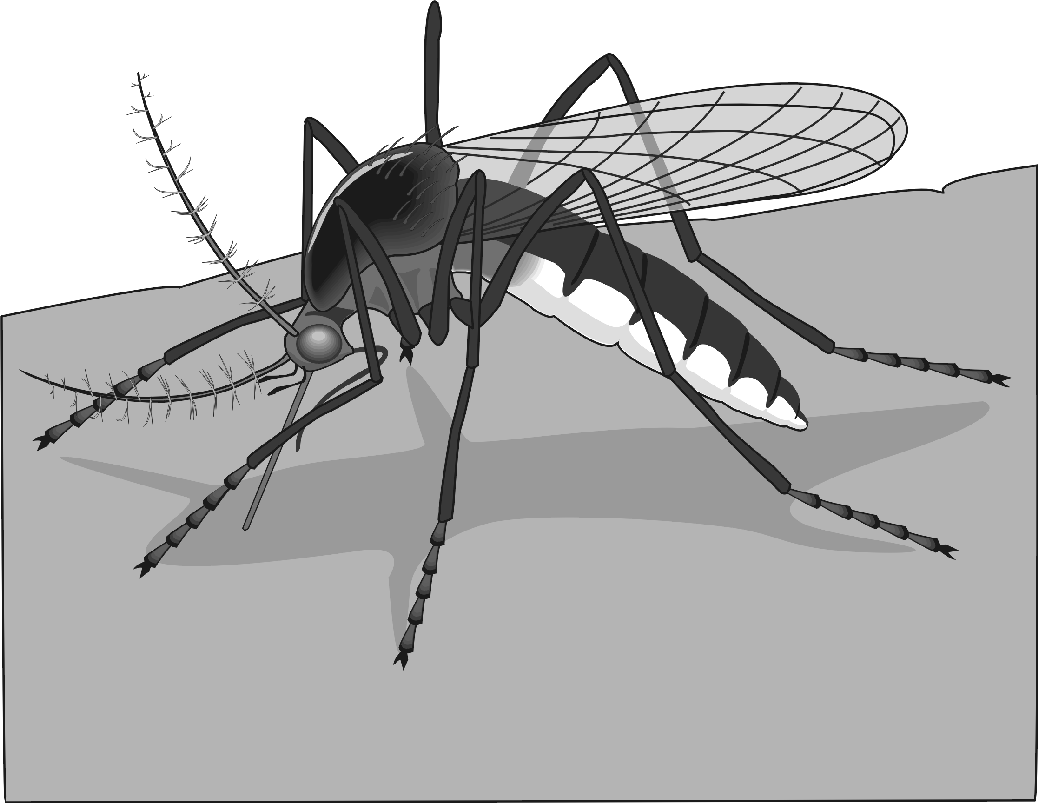
Cannot spread through mosquito bites

Cannot spread by working together

Cannot spread by sharing food, clothes and toilets
Preventing HIV/AIDS is very easy
Observe restraint and faithfulness in sexual relations.- Have sexual relations only with your partner
- If due to any reason sexual relations are established with strangers, always use a condom in a proper manner.
- Always use disposable syringes and needles
- Destroy them after single use only
- Use a new syringe/needle for each person
- Do not get ears or nose pierced or tattooing done on your body by ‘roadside doctors’ (quacks) because most of the time their instruments are contaminated and may be infected with HIV or other germs.
- If ever you or any of your dear ones require a blood transfusion, make sure that the blood or blood products intended for use have been tested for HIV. Demand to know this from your doctor.
- Demand blood that has been tested for HIV – this is your right.
If you suspect that you may have AIDS, contact a doctor immediately. The doctor will clear your doubts and, if needed, after counselling he may order a blood test. HIV/AIDS can be diagnosed by blood tests, which are:

- The spot test for instant diagnosis of HIV. It is not the most reliable.
- Elisa test.
- Western blot test.
The Elisa test should be done only three months after the last possible exposure to HIV/AIDS because of the window period – it can take some time after coming into contact before HIV-positivity is detectable Before that, the Elisa test is not useful. It may give false negative results.
Window periodOnce the HIV enters the body of a human being, the blood tests (e.g. Elisa) cannot identify the HIV immediately. About three months have to pass before these blood tests can identify the presence of HIV antibodies in the body. During this period the blood tests may be reported as negative even if the HIV infection is present in the body. A person infected with HIV who tests negative during these three months is fully capable of spreading HIV infection to others. This period is called the ‘window period’, i.e. the period between getting the HIV infection and the appearance of HIV antibodies in the infected person which will test HIV-positive.
Where are the tests done?Under the National Aids Control Programme being run by the National AIDS Control Organization (NACO), Elisa tests are done at a nominal cost by the voluntary counselling and testing centres in most District Hospitals.
What symptoms should an HIV-positive person watch for?As mentioned earlier, people who are infected with HIV have a higher chance of getting other infections and diseases. However, this is not common if the HIV-positive person is taking their medicines regularly as advised by their doctor and if their CD4 cell count remains above 200. Watch out for the following symptoms:
- Fever of more than three weeks duration
- Cough or diarrhoea of more than three weeks duration that is not cured with routine treatment
- Weight loss, despite taking good food
- Extreme weakness
- Night sweats
- Breathing problems
- Mouth problems such as white spots, sores, change in taste, loose teeth or skin rashes
- Difficulty in swallowing
- Swellings or lumps that appear in the neck, armpits, or groin
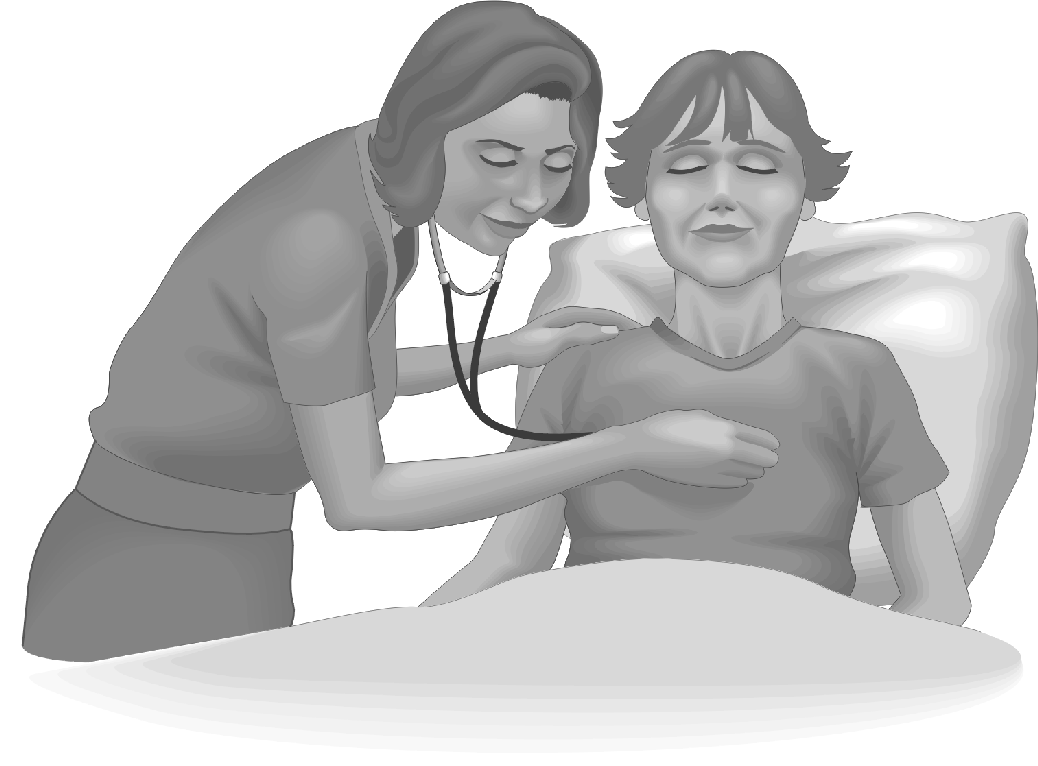 As the disease progresses, these symptoms become more obvious or more frequent and the patient becomes weaker and weaker. Some infection or disease is then almost always present. Life may be prolonged with treatment, but AIDS cannot be cured.
As the disease progresses, these symptoms become more obvious or more frequent and the patient becomes weaker and weaker. Some infection or disease is then almost always present. Life may be prolonged with treatment, but AIDS cannot be cured.
There are many things that an HIV-positive person can do in order to stay healthy. Maintaining a positive attitude and attention to one’s general health is extremely important, as it helps the immune system to fight HIV/AIDS. Do not fall prey to any addictions, whether to legal or illegal drugs.
- Eat a nutritious diet. This is extremely important. Eat a well-balanced diet and maintain your usual weight.
- Quit smoking and chewing tobacco or betel as these can cause cancer. This will certainly be of help in the long run.
- Exercise: Along with good nutrition, exercise helps you to maintain your muscle mass, relax and sleep better, besides giving you a sense of well-being. Walking, jogging, swimming , and cycling are all good. Exercise regularly to stay strong and fit.
- Relax: Practice yoga and meditation. These will help a lot in keeping you calm and quiet.
- Practice good hygiene. Maintain good personal hygiene to prevent minor infections from setting in and to avoid infecting others.
- Avoid alcohol and addictive drugs and narcotics as these can weaken your resistance to infections.
- An HIV-positive person should always use a condom while having sex.
- Such a person should also ensure that no one else uses his personal items, e.g., blades, shaving razor and shaving machine, toothbrush, etc.
- An HIV-positive person should keep away from people who have a cold or sore throat, etc. and seek early treatment for all infections.
HIV-positive persons can lead almost normal lives. This is important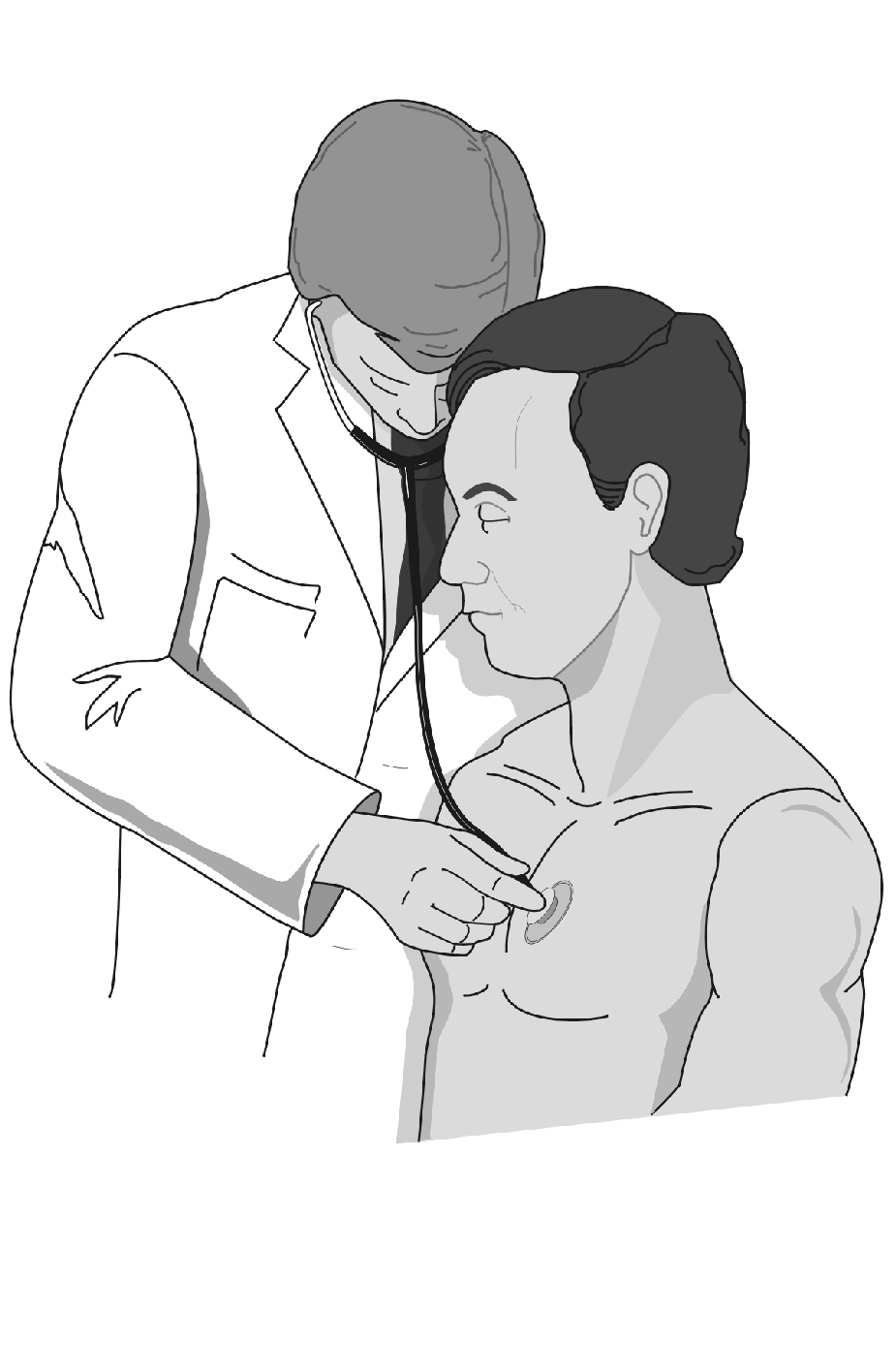 as they may have many years of productive healthy life in front of them.
as they may have many years of productive healthy life in front of them.
Once the diagnosis of HIV has been confirmed, your doctor will talk to you and send you for some additional blood tests. These tests may include the CD4 cell count and viral load. Both these tests will help your doctor to decide when to start giving you antiretroviral therapy (ART). These medicines do not cure the disease; they hold it in check.
Over the years, many people have claimed to have discovered a treatment for AIDS, but no such claim has been found to be true by scientists or doctors. To date there is no cure for AIDS.
Antiretroviral drugs / therapy (ART or HAART – Highly Active Antiretroviral Therapy)
HIV/AIDS patients can live normally for a long time after regularly taking antiretroviral therapy (ART or HAART). These medicines are available free of cost at specific government hospitals for certain categories of persons such as:
- Children aged one to fifteen years infected with HIV
- Mothers enrolled in the PPTCT (Prevention of Parent to Child Transmission) Programme
- Full-blown AIDS cases
- ART has to be taken daily for your whole life.
- Discontinuing ART can render the HIV infection more dangerous.
- HIV can develop resistance to ART.
- ART involves taking many pills at the right time and with proper relation to meals. Please remember that they are expensive and not without side effects.
- It is true that carelessness in sexual relations is the most common cause (in about 75 – 80% of cases) of AIDS.
- But apart from sex, there are other routes of infection for AIDS (in about 20 – 25% of cases).
- So please don’t look at any HIV-positive or AIDS patient with contempt – we are all at risk.
Please behave normally and affectionately with such a person just like you behave with patients with other diseases. All sick people need our care and support.